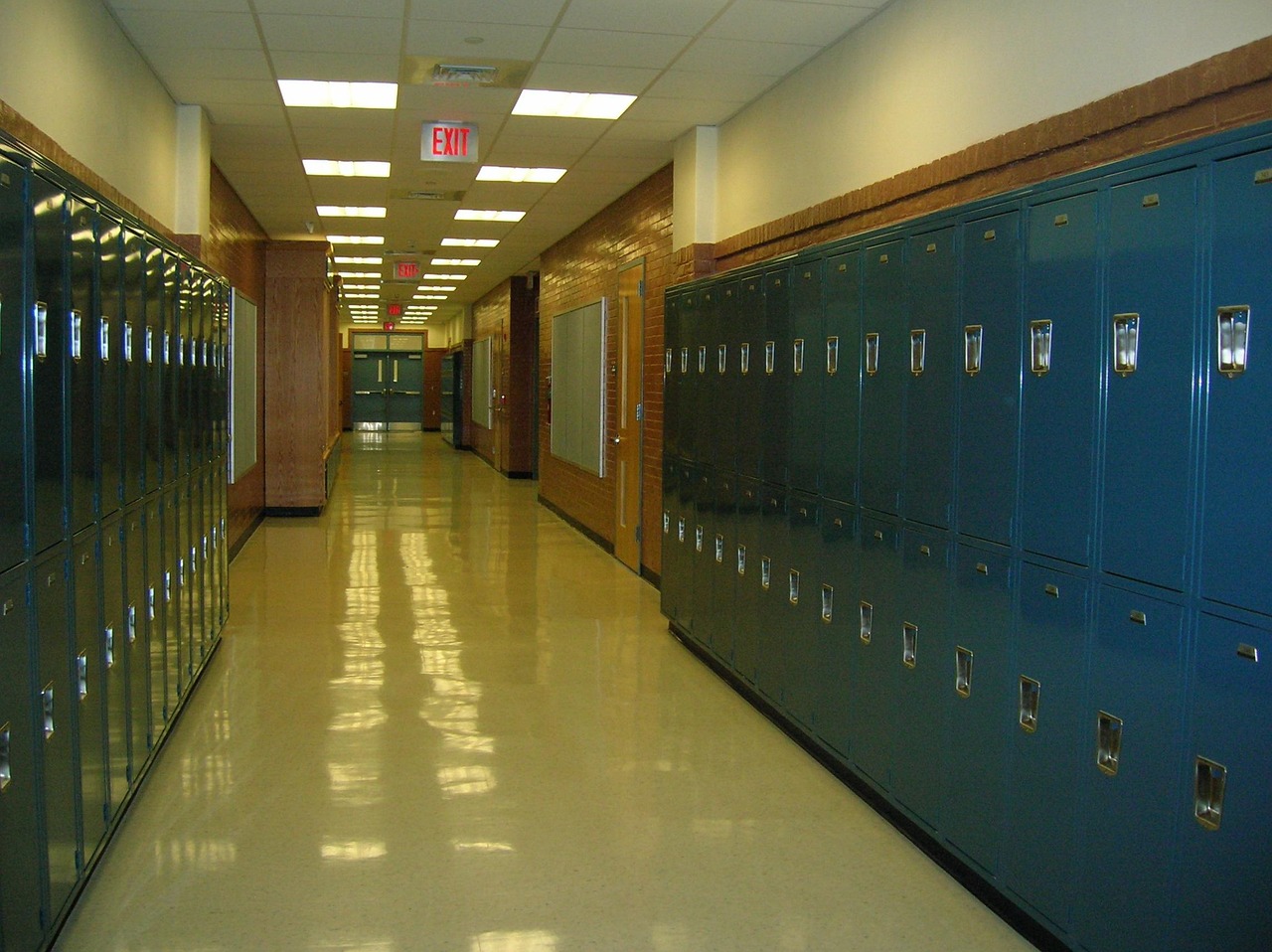The Book Thief by Markus Zuzak Boy Swallows Universe by Trent Dalton The Secret History…
Can the real Australia be found in fiction?
It is a strange paradox that fiction can be a source of life’s great truths. It is, after all, by its very nature made up. But there is no denying that fiction is one of the best conduits for understanding the truth, whether of a place, a person or a society.
So, as we near Australia Day, which work of fiction best reveals the true essence of Australia?
It is impossible to talk of the real Australia without mentioning the Indigenous experience. Alexis Wright’s award-winning Carpentaria captures the reality of those who inhabit a small corner of remote Queensland, and details the tension between those who wish to develop a mine and the local community. Elements of the tale reflect a lived experience for Indigenous communities.
For many, the true Australia lies in the outback, where the red earth rests against a clear blue sky. It is the Australia of Andrew McGahan’sThe White Earth and We of the Never-Never. While only 10 percent of the population lives outside cities and towns, it is a landscape that is quintessentially Australian. And there is something about the harsh sun and unforgiving elements that strikes a chord with even the most urban of Australians.
However, for some, the truth of the land we know today lies in its complicated, often brutal, history. Works like For the Term of His Natural Life and The Secret River bring to life dark days of Australia, highlighting its convict days and the horror of the arrival of the Europeans on the continent’s shores. These books give the reader a sense of what has gone before, and the events that shaped the country in which we live.
Of course, in discussing the true Australia, it is hard to look past the coastal nature of our country’s landscape. Tim Winton is among the writers who capture the essence of the coastal lifestyle and communities. In his books, it is almost possible to feel the hot sand, the salty sea, and beating sun, and to feel at home in the sometimes claustrophobic, always complex, families he creates. They could almost be our own.
More recently, Winton wrote of the connection between landscape and identity, in his non-fiction book Island Home.
“In my own lifetime and through my own experience … we’ve gone from feeling like strangers on this big brown island to being part of it and understanding ourselves in relation to it.”
In contrast with these books, and their firm foothold in the natural world, are the suburban settings of The Slap and Barracuda. Tsiolkas’ novels expose some confronting truths about suburbia, laying bare the personalities, social dynamics and prejudices that we might recognise from our own backyards.
And closer to the big city lights, I’ll never forget reading Helen Garner’s Monkey Grip, and marveling about the story it told about the lives of those who inhabited the same city as I did. Within ‘my’ Carlton, was quite a different, and strangely intoxicating, experience to my own.
Judging by book sales, many Australians might nominate The Thornbirds as their favourite Australian novel, with 30 million copies sold worldwide. In it, Colleen McCullough writes about the life of a family on an outback sheep station, complete with grand romance, tragedy, abundant family secrets and scandals and, of course, the sweeping Australian landscape.
Some other worthy contenders were featured in Australian Geographic’s list of the 12 must-read Australian books. At the top sits My Brilliant Career, followed by The Harp in the South and Patrick White’s Voss. Each of these books reveals an enduring piece of Australia, its people and their stories, recognisable even to today’s reader.
More recently, bestselling novel The Dry presents another vision of Australia, in which fictional crime is set against the real-life challenges faced by farming communities. Like in Winton’s stories, and many memorable Australian novels, the landscape plays a significant role alongside the personalities that are shaped by it.
Many children’s books are also uniquely Australian, with their magical stories based on the flora and fauna native to the country. From Snugglepot and Cuddlepie to Blinky Bill and Diary of a Wombat, these books provide a powerful sense of place to children, replacing a focus on far-flung places that dominated picture books in the past. Yet, even young people’s books span a divide between very different visions of Australia, which includes the urban Playing Beatie Bow, the coastal Storm Boy and the Silver Brumby series, set in the Snowy Mountains.
So, which of this small sample of great Australian fiction evokes the true Australia? From a vivid rendering of the past to the evocation of a beloved patch of coastline, from the famously sunburnt outback to the familiar suburbs of Melbourne, where can the reality of our country be found?
In truth, all representations contribute to the rich tapestry that is Australian life, in all of its complexity and diversity, helping us explore what it means to live in this island country, and understand the lives and histories of our fellow Australians.




Comments (0)